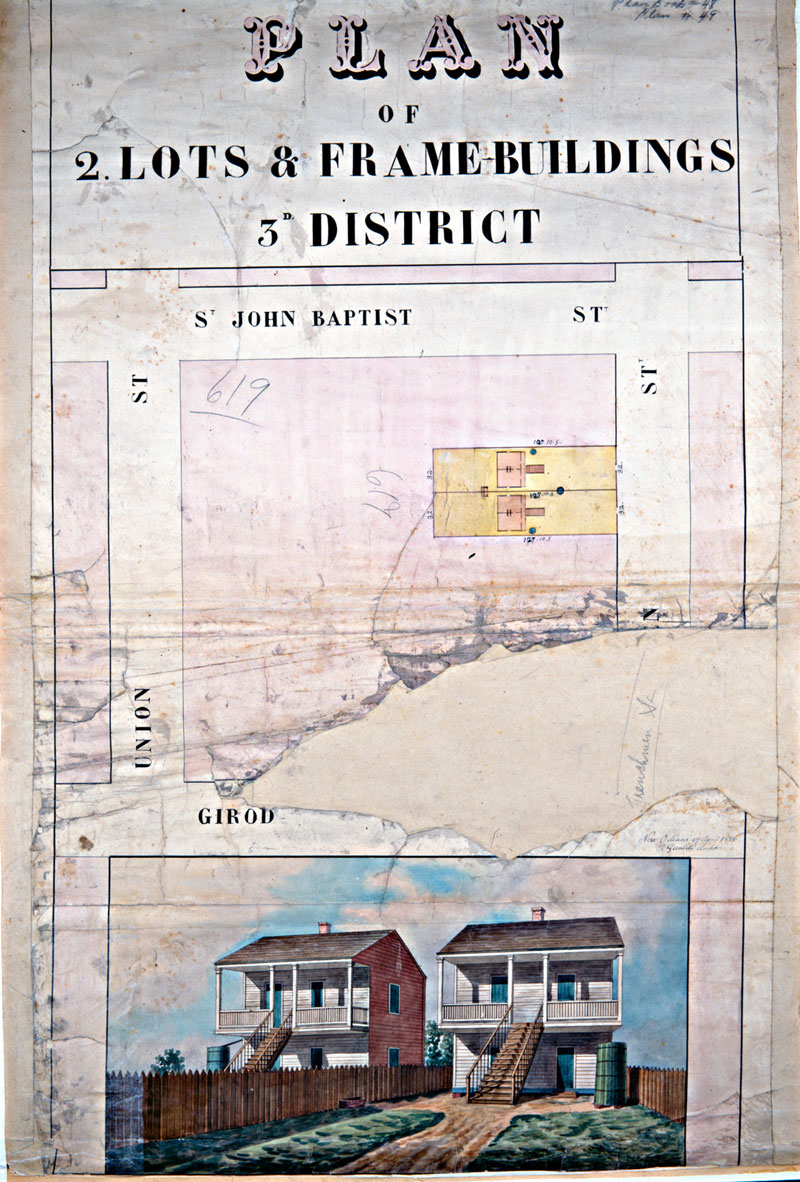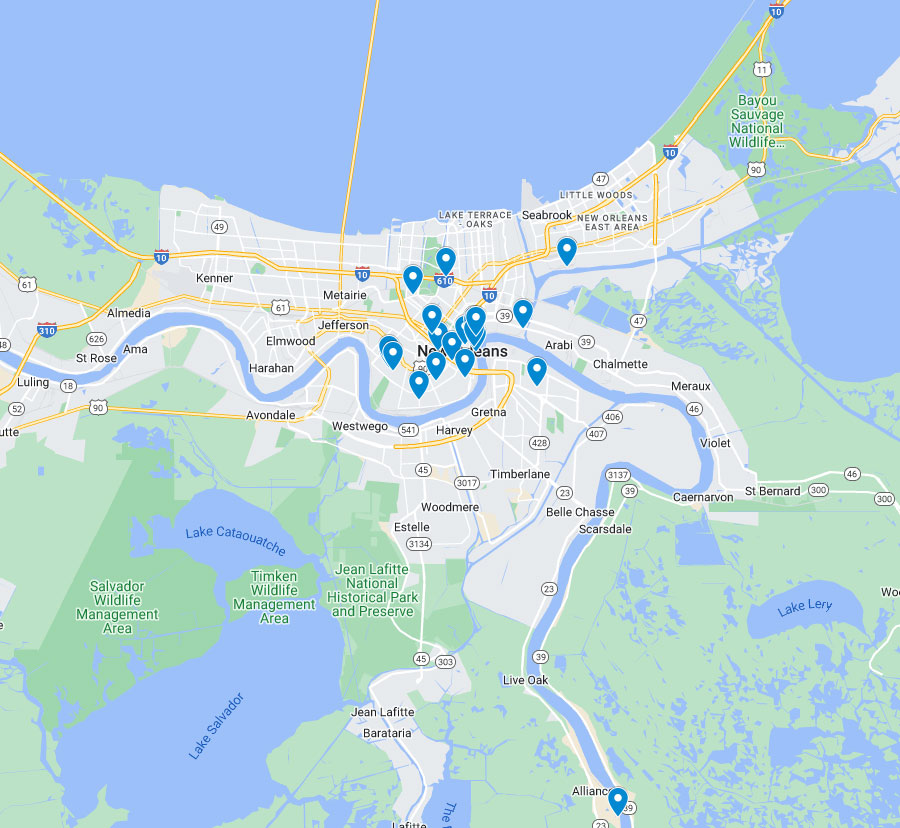
Biography
Nicholas is a doctoral candidate in African American History at Harvard University. His research focuses on connections between slave labor, urbanization, the built environment and the production of archives in the Black Atlantic world. Currently he is working on a history of urban slave quarters in New Orleans as part of a larger dissertation on the role of slave labor and capital in the city’s architectural construction. He has BAs in Psychology (Lawrence University, 2003), Interdisciplinary Studies and History (University of New Orleans, 2011), and received his MA in African American Studies from Harvard University in 2014.
Research
The Synecdoche of Slavery: The Elision of Slave Labor in the Building of New Orleans, 1770-1852
My project examines the elision of enslaved laborers in the archives, buildings and construction of New Orleans. Through a study of the built environment from 1770 to 1852, my work proposes a direct connection between the indispensability of enslaved laborers to the urbanization of New Orleans and their invisibility in the historical record. By revealing correspondences between the documented, visible cityscape and muted or euphemistic references to enslaved laborers, my project asks how the production of racially coded language in the historical record continues to exclude (through synecdoche, i.e. unequal substitution) the very people physically and financially responsible for the city’s development. Urbanization can be understood here as a product of slave labor and slave capital finance through mapping the architectural and financial expansion of the city in lockstep with the building of slave quarters and fiscal dependence upon enslaved laborers.
Preliminary research suggests direct connections between the slave trade and urbanization are visible through the consistent building of slave quarters across town, the growing prominence of slave capital in building hotels, banks, exchanges and investment companies, and the use of skilled and unskilled enslaved laborers in brickworks, on chain gangs, and at construction sites across the city. In a study of urban slave quarters, unfree laborers of African descent, city construction sites and slave capital financiers, I hope to provide improved understandings of labor, belonging, city architecture and urbanization in New Orleans which reveals the role a slave society’s dependence upon enslaved people played in their very historical erasure.



